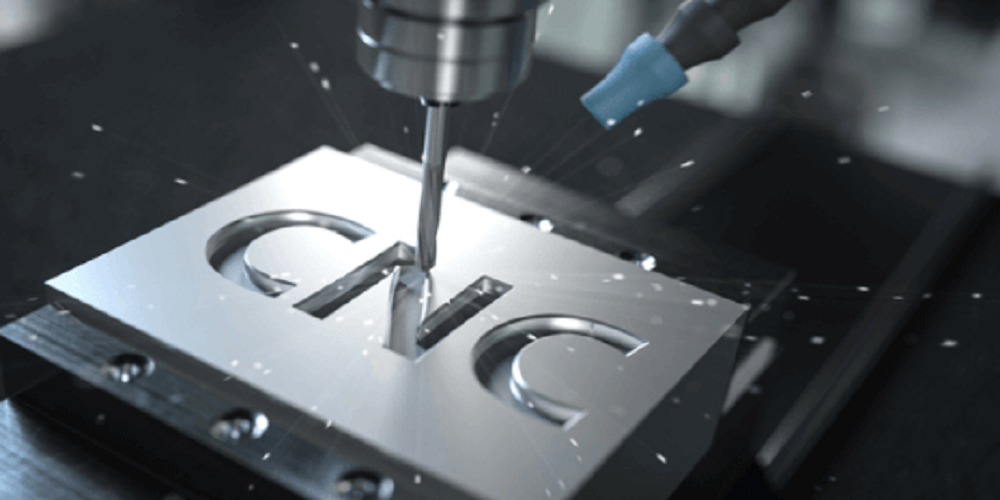Aluminum is an instrumental metal for its use in industry for manufacturing prototypes. It has excellent features that make it valuable and adaptable for processing. CNC machining is the best way for aluminum machining as this is under computerized control. It helps achieve perfection in cutting and milling and reduces the cost significantly. CNC aluminum machining is widely preferred worldwide because aluminum and CNC machining makes an excellent combination for industrial devices.
Aluminum alloy:
Aluminum alloys are used in many prototypes and machines as it has greater strength, flexibility and formability. Aluminum is a non-ferrous metal and becomes corrosion-resistant after anodizing, which emerged as the most significant advantage. Aluminum is a cheap metal, and CNC aluminum machining is an economical process to make various devices and machines.
Daily, we can see many machines, vehicles, and building components made up of aluminum parts. It is very common to use aluminum in various household machines too.
Customized aluminum machining:
CNC aluminum machining can be used to manufacture customized machines. 5-axis CNC machines help in high-precision milling to reduce tolerance levels. It is necessary to keep the typical tolerance levels tighter for accurate results. 5-axis CNC aluminum machining can meet the desired specifications and provide excellent end products. Companies analyze the ordered design and fulfil the requirements using a unique machining process.
It is easy to process aluminum compared to other metals such as steel. Steel is expensive and requires more working hours for processing, while aluminum has left us with a significant margin. Aluminum customized machining helps in reducing the overall factory costs.
Finishing service:
When the prototype is made of aluminum, it requires fewer finishing materials and costs. However, secondary machining can help in providing a better finish to aluminum machines by sandblasting, oxidation, anodizing, electrophoresis and polishing. This gives a refined look to the prototype's surface and helps in better functioning. Such features promote CNC aluminum machining and increase the overall market demand.
Expert mechanists and engineers have introduced many new features in CNC machining. These features help produce machines with different shapes and sizes with demanded designs. Accountants determine the manufacturing cost and keep it low for industrial development.
Mass production:
Aluminum grinding, polishing, burnishing, laser curving and heat treatment are not expensive. Aluminum machining requires fewer machine hours, which consumes less electrical energy and fuel. This enables the mass production of high-quality prototypes at a low overhead cost.
Conclusion:
Aluminum prototypes are firm and heavy machinery formed from aluminum alloys. After anodizing and oxidizing its anode, the corrosion-resistant feature of aluminum has increased its mechanical significance. This improves the performance of the CNC machine and enables easy processing. Different grades of aluminum are used for various purposes; these can help make marine and aerospace applications. Its strength-to-weight ratio is suitable for making crucial parts of machinery. In addition, aluminum offers thermal and electrical conductivity, which adds to its detailed importance in machining industries. It is recyclable, and due to this, industries use it to reduce toxic environmental impact.


